Events, Tips/Articles,
Get your Students Buzzing about Pollinator Week
May 31 2017
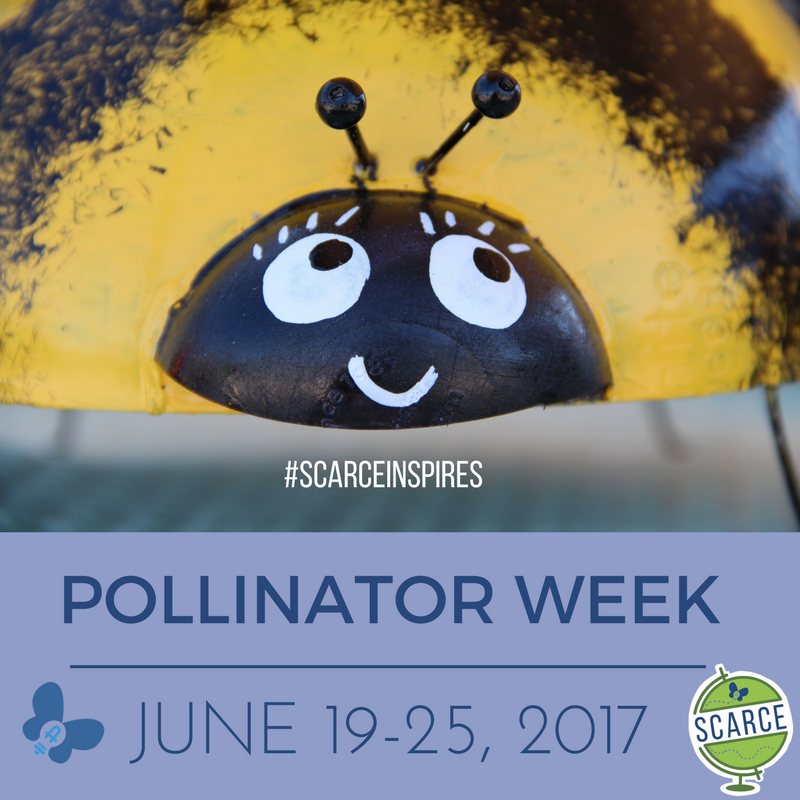
National Pollinator Week is a time to celebrate pollinators and spread the word about what you can do to protect them.
Ten years ago the U.S. Senate’s unanimous approval and designation of a week in June as “National Pollinator Week” marked a necessary step toward addressing the urgent issue of declining pollinator populations. Pollinator Week has now grown into an international celebration of the valuable ecosystem services provided by bees, birds, butterflies, bats and beetles.
The Pollinator Partnership is proud to announce that June 19-25, 2017 has been designated National Pollinator Week by the U.S. Department of Agriculture and the U.S. Department of the Interior.
POLLINATOR WEEK WAS INITIATED AND IS MANAGED BY THE POLLINATOR PARTNERSHIP.
What can you do in your classroom to help these critical critters?
Turn a portion of your school’s yard into vibrant pollinator habitat and start a butterfly garden! Not only do many native Illinois plants provide ideal pollinator habitat, but they are low maintenance and grow back each year. You can use the Nature Conservancy’s Citizen Science project, The Habitat Network, with your class to document different habitats and learn from others on how to create and improve wildlife habitat on your school’s property! This is a great opportunity to pair elements of STEM together. Have students put on their engineering hats and use the online habitat mapping tools, they can then see how real-life problems can be solved by pairing spatial analysis with ecology and biology concepts.
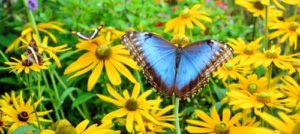
Get your students outside as Citizen Scientists and help collect data on pollinators. Projects like the Bumble Bee Watch and the Great Sunflower Project help document pollinator populations and habitats across the United States. Large scale data help identify things we can do to improve pollinator populations or get them on the Endangered Species List. The Rusty Patch Bumble Bee is the first bee species to be on this list. While we certainly wish this species was not on the brink of extinction, this designation provides protections that will help revive the population. Having kids collect data and synthesize it to come up with solutions to pollinator problems can make a great Problem Based Learning project.
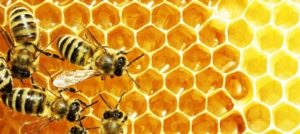
Play a game and learn about honey bee behavior! You can play the Waggle Dance Game and teach students how bees communicate the locations of food sources relative to the sun.
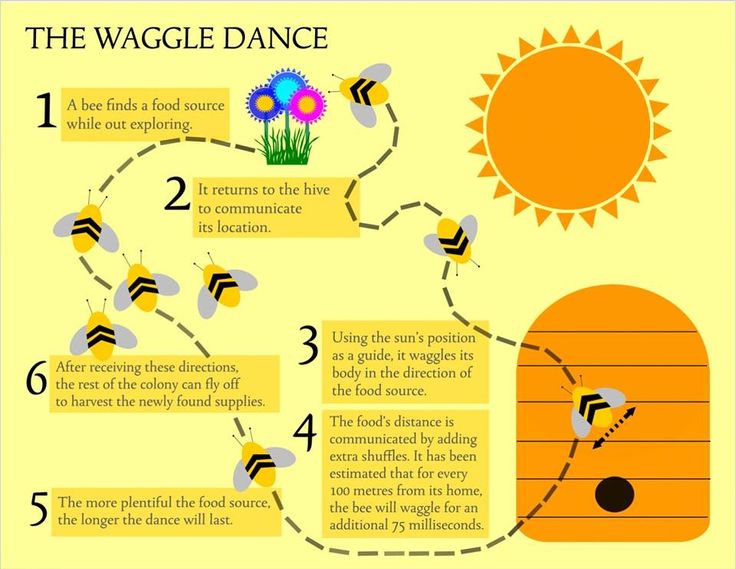
Advocate for stopping the use of herbicides and pesticides on school property. These chemicals can’t choose which insect or plant species they eradicate. As a result, the widespread use of these chemicals is one of the main contributors to the decline in bees and butterflies.
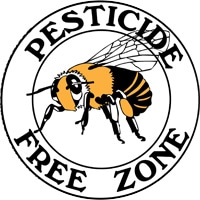
Combat habitat loss and build homes for bees! Most bees in North America are solitary species, meaning they make their home in small holes rather than building an extensive hive, like honey bees. Making bee homes in your classrooms can be a fun project for the end of the year. Kids can bring them home to hang in their backyards or on patios. It can be as simple as rolling up paper grocery bags into small tubes and attaching string to hang it outside! You can also craft one to put outside of your classroom window and have students observe solitary bee behavior.
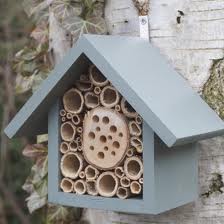
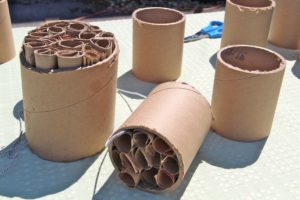
Bonus! Support roadside milkweed plantings in Illinois through the new Monarch Roadside Habitat license plate decals. Milkweeds provide critical habitat for caterpillars to reach the next stage in their life cycle. Be sure to plant these in your butterfly garden, too!
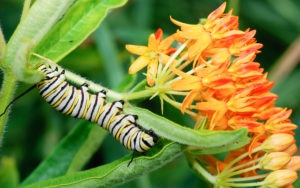
Like our bumble bee up top? It’s a piece of upcycled garden art made from an old bowling ball. Contact us if you’d like one for your classroom or pollinator garden.
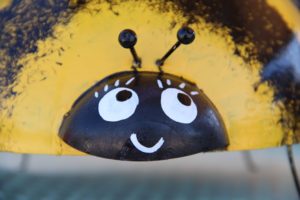
Our upcycled ‘bowling bee’ garden art.